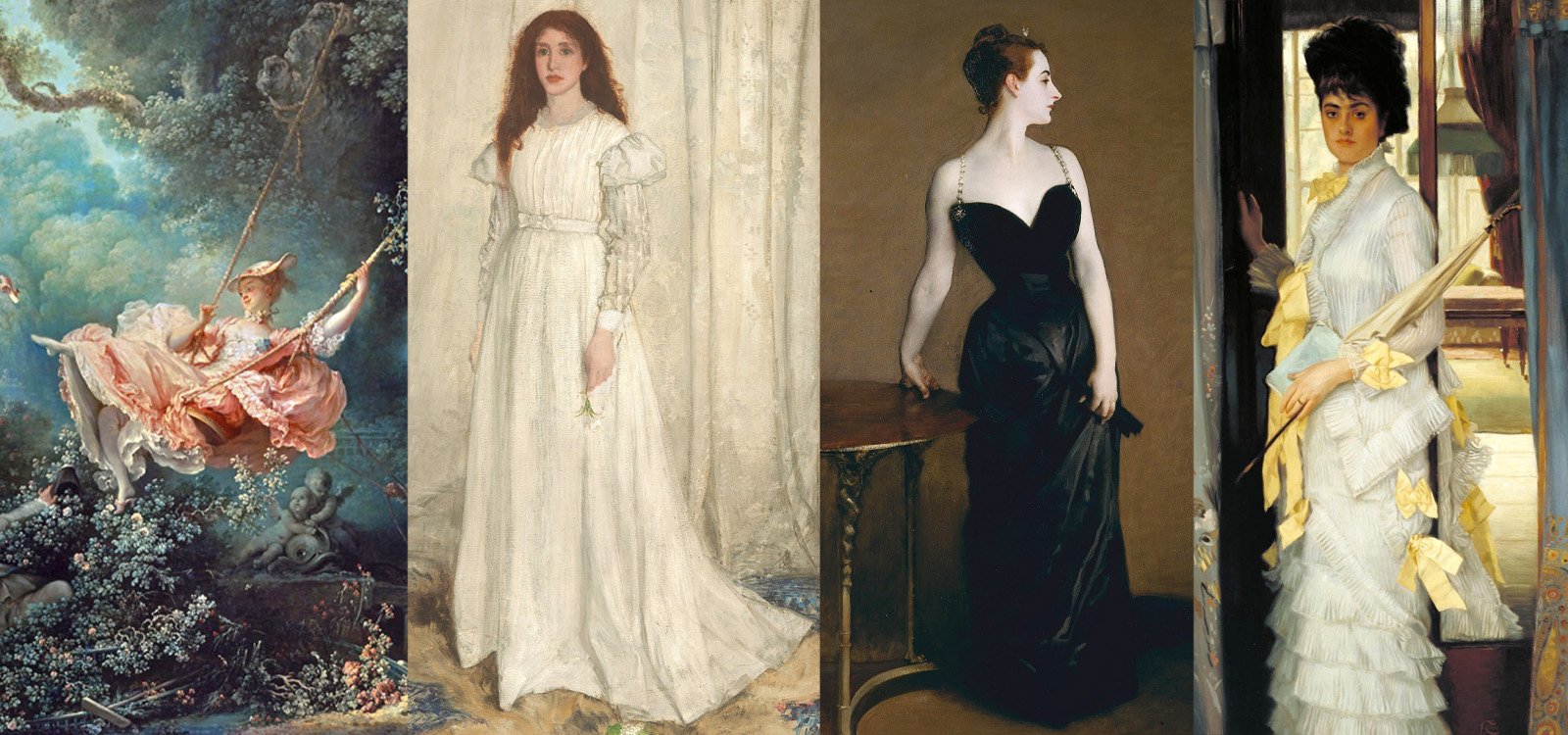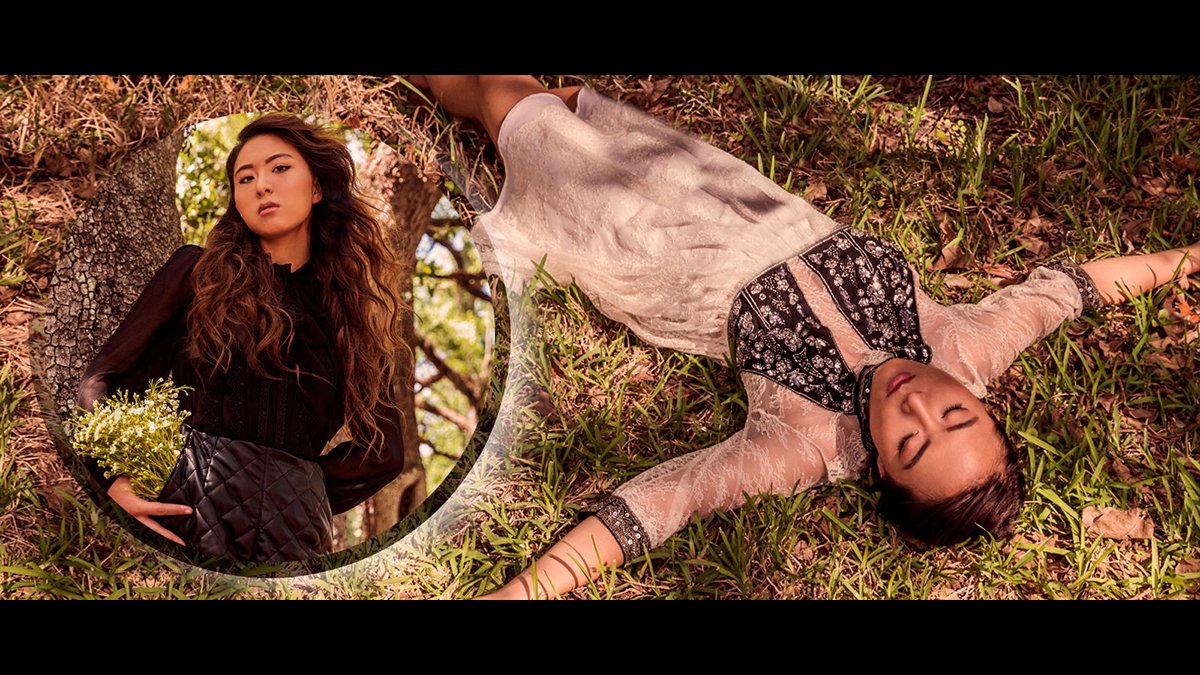From Housedress To Revealing Necklines, The Below Timeless Portraits Capture The Essence Of Style Across Centuries. Read Ahead To Evidence How Suaveness In Portraits Have Evolved!
- The Swing By Jean-Honoré Fragonard

The Swing, oil painting created about 1767 by French artist Jean-Honoré Fragonard. This is Fragonard’s most celebrated painting, as well as one of the best-known images in 18th-century art. It illustrates the elegance and playfulness of the Rococo style, which dominated French art during this period.
The risqué subject was chosen by a man believed by some researchers to be the Baron de Saint-Julien, who wanted a portrait of himself with his young mistress. This man was the lover concealed in the shrubbery and, in his original brief, he specified that the swing should be pushed by a bishop. Even so, the suggestion shocked the first artist that the baron approached. Fragonard was more accommodating, although he did insist on replacing the bishop with the more traditional figure of a cuckolded husband.
Fragonard made the subject of the swing, a conventional symbol of inconstancy, his own by adding a host of witty details. In the foreground, a tiny lapdog—a symbol of fidelity—raises the alarm by yapping loudly, but the husband takes no notice. The statues, which seem half alive, share in the conspiracy.
2. The White Girl By James McNeil Whistler

James McNeill Whistler worked furiously on The White Girl during the winter of 1861 1862, rising at 8:00 each morning to paint. His model was his mistress and frequent companion, Joanna Hiffernan, a well-known beauty who also modelled for other artists of the day.
Whistler lived in Paris at the time, but painted the canvas specifically for submission. The painting continued on this path: rejected by the 1863 Paris Salon, it ended up in the Salon des Refusés, a protest exhibition organized by Gustave Courbet of paintings spurned by the French Salon jurists. Shown alongside the similarly scandalous with Déjeuner sur L’Herbe by Édouard Manet, The White Girl became known as one of the exhibition’s most infamous pictures.
Flouting the conventions and standards of portraiture, The White Girl made 19th-century viewers distinctly uncomfortable. The woman pictured wears an informal cambric housedress of a type worn in private. Gazing impassively, her expression is vacant and unfocused—she does not charm us, yet rivets our attention.
Whistler later appended the title with “Symphony in White: No. 1” (there were eventually three paintings in the series) to focus attention on what he viewed as the painting’s true subject: his handling of the thick white paint, its textures, and subtle tonal contrasts. The painting’s radical break with traditions of portraiture makes it a bellwether of modern art.
- Portrait Of Miss Lloyd By James Tissot

James Tissot, a French painter known for his versatility and attention to detail, created the Portrait of Miss Lloyd in 1876. This painting exemplifies the Realist movement, which sought to depict life as it truly was, without idealization or romanticization.
At the heart of this portrait stands Miss Lloyd, a young woman whose identity remains somewhat mysterious. Her gaze is contemplative, hinting at inner thoughts and emotions. Tissot captures her with remarkable precision, emphasizing her youthfulness and vulnerability.
The background is subdued, allowing Miss Lloyd to take centre stage. Tissot’s mastery lies in the play of light and shadow—the soft glow on her face, the subtle gradations of colour in her skin, while muted tones evoke intimacy and introspection.
Beyond mere representation, this portrait carries layers of symbolism. Miss Lloyd becomes a universal figure—an embodiment of longing and yearning. This portrait reveals Tissot’s ability to capture human emotions and the nuances of existence. “Portrait of Miss Lloyd” immortalizes a poignant moment, through such a work, Tissot invites us to contemplate beauty, time, and the stories etched into every brushstroke.
- Portrait Of Madame X By John Singer Sargent

Madame X, painted by John Singer Sargent in 1884, remains one of the most infamous artworks of its time. When it debuted at the Paris Salon, it caused a scandal due to its daring and sensual content. The subject of the painting, Virginie Gautreau, was a well – known Parisian beauty. In the painting, Madame Gautreau poses in a black satin dress with jewelled straps. The dress both reveals and conceals, emphasizing her allure. Her pale flesh contrasts sharply against the dark background, creating a dramatic effect. Sargent’s mastery lies in capturing her elegance while hinting at hidden depths beneath the surface.
When Madame X was exhibited at the Paris Salon in 1884, it caused a scandal. The provocative pose, the revealing dress, and the intimate atmosphere shocked viewers. Resultingly, scandal temporarily setback Sargent’s career in France, but it ultimately worked in his favour. It piqued interest in his work, and he later established a successful career in Britain and America. Despite the scandal, Madame X secured Sargent’s reputation as a society portraitist. The painting showcased his ability to capture sitters in flattering and fashionable ways.















